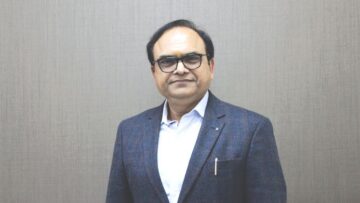After agriculture, the textile industry is becoming a significant source of income for the populace, according to Union Textile Minister Giriraj Singh.
Singh stated that 46 million people are currently employed in the nation’s textile industry, which is significantly more than the number before 2014. This statement was made during a road show in the run-up to Bharat Tex 2025, the Global Textile Expo in New Delhi, set to occur in February.
He said that by 2030, the number of people sustaining from the sector will reach the six crore mark, judging by the roadmap.
Singh claimed that the medical industry, which produces items like masks and sanitary napkins, has benefited immensely from a new idea in technical textiles that has brought a new dimension.
Singh stated that although 13 million tonnes of fibre will be consumed by 2030, there won’t be any shortage because of the Central Government’s policies, which will ensure an abundance of both natural and synthetic fibres.
Singh stated that India has a lot of diversity in textile, from jute to natural fibres, mulberry, tussar and whatever types of silk is available in the global market, is produced in India. Singh emphasised that the Government is dedicated to working to strengthen this diversity.
He stated that the Government has set aside US $ 1.42 billion to revitalise the jute industry in the upcoming days. Singh referred to Kolkata as the “mother of textiles,” stating that although Mumbai and Kolkata had been leaders in the textile industry after independence, the cities had lost their position over the years. According to Singh, India’s textile sector is progressing and has surpassed China.
“People would remark that Vietnam and Bangladesh were competitors of our clothing. In cotton, China was ahead of us, but that is no longer the case. We are advancing quickly thanks to start-ups and innovation. After COVID, our economy grew at a pace of 7–8 per cent while the economies of every other nation saw a downturn,” he said.
According to Minister of State for Textiles Pabitra Margherita, the goal of the upcoming Bharat Tex 2025 is to create cultural linkages with other countries. “As Bengal is the cradle of heritage handlooms from famed baluchari sarees to jamdan,” Marghetia remarked, Kolkata’s contribution to this is still enormous. He stated that a textile value chain must be established because India is headed towards a textile market valued at US $ 5 trillion.







